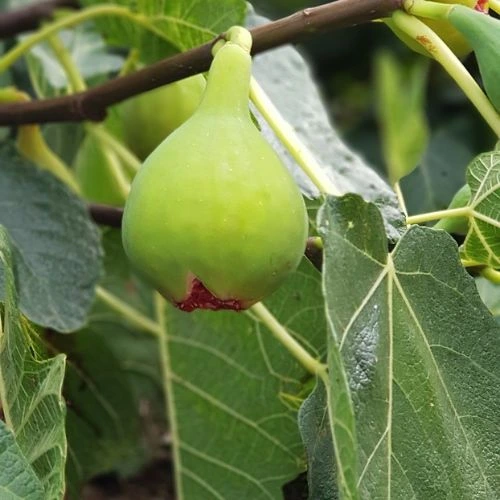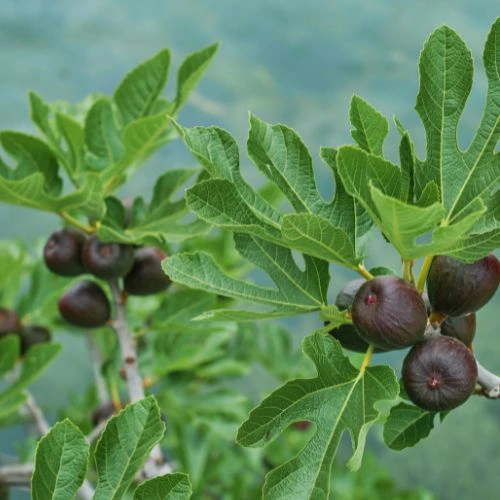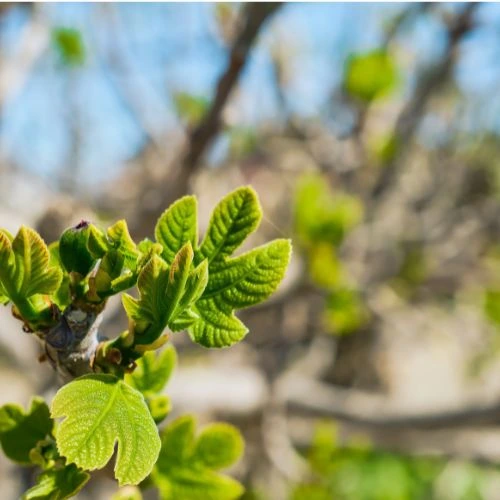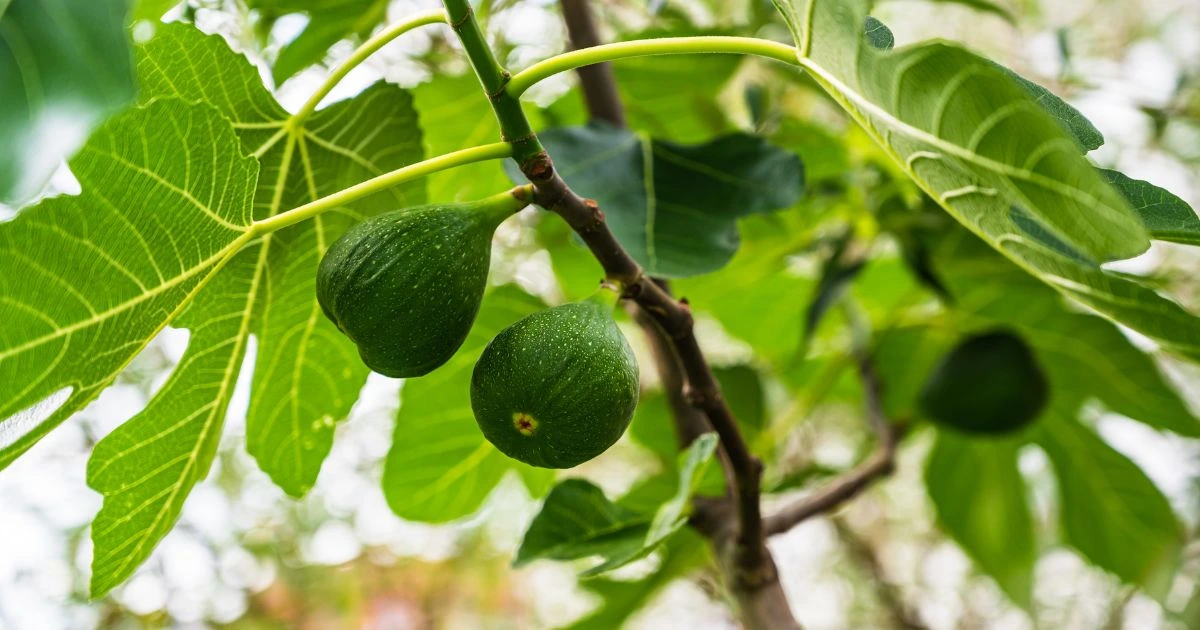In This Article
Introduction
Imagine walking into your garden and seeing your fig tree bursting with vibrant, healthy leaves and delicious fruits ready for picking. It’s a gardener’s dream, isn’t it? But achieving this vision requires one essential practice: pruning. Pruning a fig tree isn’t just about cutting branches—it’s about nurturing life, maximizing fruit, and creating a tree that thrives. Whether you’re a seasoned gardener or just starting, this guide will show you exactly how to prune your fig tree for stunning results.
Understanding the Basics of Pruning a Fig Tree
Pruning a fig tree is an essential gardening task that promotes healthy growth, enhances fruit production, and ensures your tree remains manageable in size. Whether you’re a beginner or a seasoned gardener, understanding the basics is the first step to success.
Why Should You Prune a Fig Tree?
Pruning a fig tree offers several key benefits:
- Encourages Healthy Growth: Removing dead, diseased, or damaged branches allows the tree to focus its energy on producing new, healthy shoots.
- Increases Fruit Yield: Proper pruning ensures sunlight reaches the inner branches, boosting the production of sweet, juicy figs.
- Maintains Manageable Size: Fig trees can grow large if left unchecked. Pruning helps keep them at a size that’s easy to care for and harvest from.
When done correctly, pruning a fig tree not only improves its appearance but also extends its lifespan.
When Pruning a Fig Tree
Timing is everything when it comes to pruning a fig tree. The dormant season is the best time to prune, typically late winter or early spring. During this time, the tree is less active, making it easier to spot problematic branches and minimize stress on the plant.
For trees in colder climates, wait until the risk of frost has passed. In warmer areas, pruning can begin as early as late January. Remember, pruning too early or late may disrupt the tree’s natural growth cycle.
Tools You’ll Need
Before you start pruning a fig tree, gather these essential tools:
- Loppers or sharp pruning shears for clean cuts.
- A small pruning saw for thicker branches.
- Gloves and protective eyewear for safety.
By understanding why, when, and how to prune a fig tree, you’ll set yourself up for a thriving garden.



Step-by-Step Guide to Pruning a Fig Tree
Pruning a fig tree may feel overwhelming, but breaking it into manageable steps makes it simple and effective. Follow this guide to ensure your fig tree stays healthy, balanced, and productive.
Step 1 – Assess the Tree’s Condition
Before you start pruning a fig tree, take time to observe its structure. Look for dead, diseased, or damaged branches—these are the priority for removal. Check for branches that cross, rub against each other, or overcrowd the canopy, blocking light and airflow. Identifying problem areas beforehand allows you to prune with purpose.
Step 2 – Cut away all dead or damaged wood
Start by eliminating any dead or damaged branches. These can often be identified by their brittle texture, discolored appearance, or lack of flexibility. Use sharp pruning shears or loppers to make clean cuts near the trunk or a healthy branch. This promotes quicker healing and reduces the risk of pests or diseases spreading.
Step 3 – Thin Out Crowded Areas
A crowded canopy prevents sunlight and air from reaching the inner branches. Remove overlapping or inward-growing branches to create an open, vase-like structure. This improves air circulation, reduces the chance of fungal infections, and ensures even fruit development.
Step 4 – Shape the Tree for Balance
Shaping your fig tree is essential for both its health and aesthetics. Aim to maintain a balanced structure with spaced branches. This not only improves sunlight penetration but also makes harvesting easier. Remember, a well-shaped tree is more productive and easier to manage.
Step 5 – Shorten Long Branches
If your fig tree has grown tall or wide, trim back excessively long branches to keep its size manageable. Focus on maintaining a height that allows for easy care and harvesting. Keeping the tree’s growth under control prevents energy waste and encourages better fruit production.
Step 6 – Trim undesirable Suckers and Water Sprouts
Suckers (shoots growing from the base) and water sprouts (vertical shoots on branches) divert nutrients away from fruit-bearing branches. Remove these promptly to keep the tree focused on healthy growth and fruit production.
Step 7 – Gather and properly dispose of any Trimmings
After pruning a fig tree, collect all the trimmings. Healthy branches can be composted, but diseased or infested wood should be disposed of properly to prevent contamination.
By following these steps, pruning a fig tree becomes a straightforward process that ensures a healthier, more productive tree.
What to Avoid When Pruning a Fig Tree
Pruning a fig tree can dramatically improve its health and productivity, but only when done correctly. Mistakes during the process can harm the tree, reduce fruit yield, or even stunt its growth. By knowing what to avoid, you can ensure your fig tree thrives.
1. Pruning at the Wrong Time
Timing is crucial when pruning a fig tree. Many gardeners make the mistake of pruning during the growing season, which can stress the tree and interfere with fruit production. Always aim to prune during the dormant season—late winter to early spring—when the tree is least active and better equipped to recover.
2. Cutting Too Much at Once
A common mistake that can weaken the tree is Over-pruning . Removing too many branches at once reduces the tree’s ability to photosynthesize, potentially leading to poor growth and fewer figs. Limit cuts to no more than 20-25% of the tree’s total branches in one season.
3. Using Dull or Incorrect Tools
Using improper tools when pruning a fig tree can result in jagged cuts that take longer to heal, leaving the tree vulnerable to pests and diseases. Always use sharp, clean pruning shears, loppers, or saws to make clean cuts that heal quickly.
4. Ignoring Dead or Diseased Wood
Neglecting to remove dead, damaged, or diseased branches is a missed opportunity to improve the tree’s health. These branches can harbor pests or fungi that spread to healthy parts of the tree. Start every pruning session by eliminating these problem areas.
5. Failing to Maintain the Tree’s Shape
Pruning isn’t just about removing branches; it’s also about shaping the tree. Leaving branches that cross or grow inward can create a dense canopy, blocking sunlight and reducing fruit production. Aim for an open, balanced structure that allows light and air to flow freely.
6. Forgetting to Sanitize Tools
Using dirty tools is an often-overlooked mistake when pruning a fig tree. Unclean tools can transfer diseases between cuts or even between trees. Make sure to clean and disinfect your tools before and after each use.
Avoiding these common mistakes ensures that pruning a fig tree becomes a rewarding process that promotes healthier growth, better fruit production, and a more beautiful garden.
Caring for Your Fig Tree After Pruning
Proper aftercare is essential to help your tree recover and thrive after pruning. Pruning a fig tree removes old growth, but it also temporarily stresses the plant. With the right steps, you can ensure a strong and healthy rebound.
Watering and Feeding
After pruning a fig tree, water it deeply to support new growth. Avoid a waterlogged soil but at the same time Keep it consistently moist. Adding a balanced fertilizer in early spring can provide the nutrients needed for vigorous recovery and fruit production.
Monitoring for Pests and Diseases
Fresh cuts can attract pests or diseases. Inspect your tree regularly for signs of trouble, such as discoloration, wilting leaves, or pest activity. Early intervention helps prevent serious issues.
Mulching
Spread mulch around the tree’s base to conserve moisture, stabilize soil temperature, and minimize weeds.
With attentive care, your fig tree will flourish after pruning!
FAQ Section: Pruning a Fig Tree
Q1: When is the best time for pruning a fig tree?
The ideal time is during the dormant season, typically late winter to early spring before new growth begins. This minimizes stress and allows for easier branch visibility.
Q2: How much of the tree should I prune at once?
Be careful not to remove more than one-third of the tree in a single season. Over-pruning can weaken the tree and thus reduce fruit production.
Q3: Can I prune my fig tree during summer?
Light summer pruning to remove small shoots or suckers is fine, but avoid heavy cuts as it can stress the tree during the growing season.
Q4: What tools do I need for pruning a fig tree?
You’ll need sharp pruning shears or loppers, a small pruning saw for thicker branches, and gloves for safety.
Q5: How do I dispose of diseased branches?
Dispose of diseased wood by burning it or removing it from the garden to prevent the spread of infections to healthy plants.
Conclusion
Pruning a fig tree is the key to unlocking its full potential, giving you a healthier, more productive tree and a thriving garden. With the right techniques, tools, and timing, this task becomes a joyful, rewarding part of your gardening routine. Ready to grow your expertise? Subscribe to our newsletter for more expert gardening tips, and make your garden flourish all year round!

